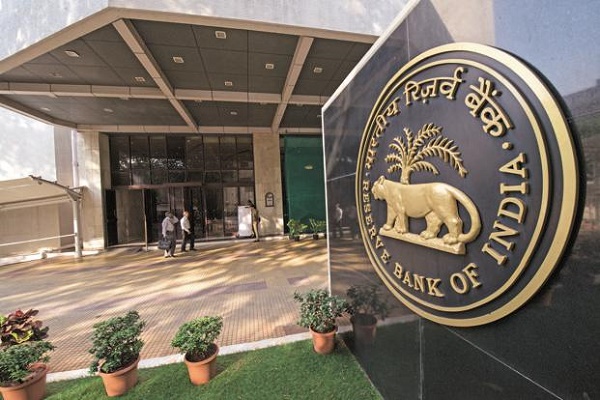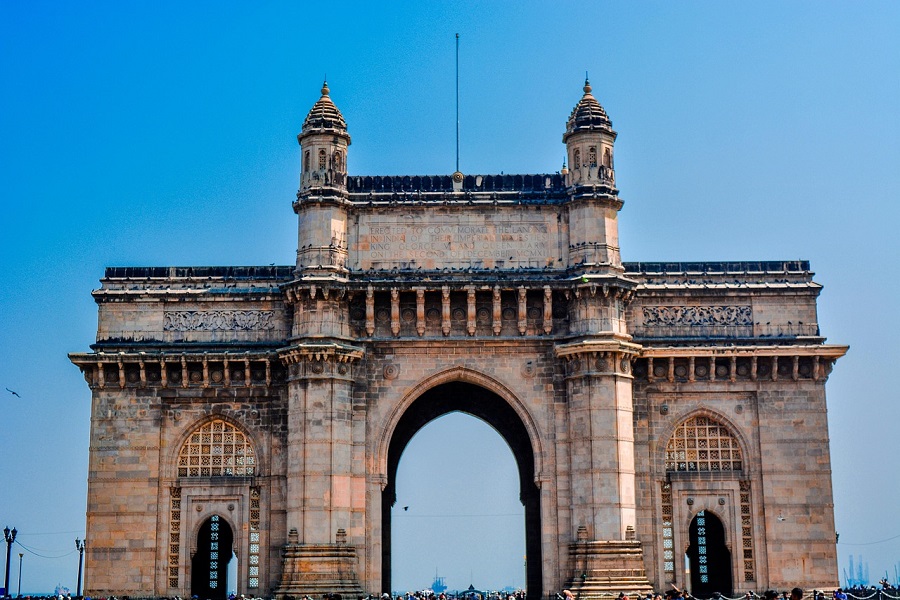Indian Tourism: A Thriving Industry Embracing New Horizons in 2025

Indian tourism is witnessing a transformative phase, evolving beyond traditional sightseeing and offering travelers a spectrum of experiences from wellness retreats to adventure tourism, cultural immersion, and eco-friendly getaways. The sector is projected to grow rapidly in 2025, positioning India as a top global tourism destination. Here’s a closer look at the latest developments in Indian tourism:
1. Growth in Wellness and Spiritual Tourism
Wellness tourism is booming in India, with visitors seeking holistic health experiences, mindfulness retreats, and yoga-centric vacations. As travelers increasingly prioritize mental and physical well-being, India's ancient healing traditions like Ayurveda, yoga, and meditation are gaining prominence. Popular destinations include Rishikesh, Kerala, and the Himalayan foothills, where tourists indulge in rejuvenating wellness treatments while immersing themselves in nature.
2. Revival of Rural Tourism
Indian rural tourism is experiencing a revival as travelers move away from crowded urban destinations. Rural areas in states like Rajasthan, Maharashtra, and Uttar Pradesh are offering unique, off-the-beaten-path experiences. Visitors can explore village life, engage in farming activities, and learn traditional crafts. This type of tourism supports local communities, providing an income source while preserving cultural heritage.
3. Cultural and Heritage Tourism Expansion
Cultural tourism in India continues to thrive, with travelers exploring the country’s rich history and diverse traditions. The government’s efforts to promote cultural heritage sites like the UNESCO World Heritage Sites—Taj Mahal, Qutub Minar, and the Ellora Caves—are paying off, as tourists flock to these sites to understand India's historical significance.
The concept of “Leisure Corridors,” which connects heritage sites, wildlife sanctuaries, and ecotourism hubs, is also gaining traction. The Udaipur-Ranakpur heritage retreat trail and the Andaman Coastal Serenity route are examples of integrated tourism routes that offer a mix of history, nature, and local traditions.
4. Sustainable and Eco-Tourism Initiatives
Eco-tourism is gaining momentum as travelers opt for sustainable travel experiences that minimize their carbon footprint. India is home to several ecologically rich regions like Sikkim, Kerala, and the Andaman Islands, which offer eco-friendly resorts and activities that emphasize environmental conservation. The Indian government has also rolled out several policies aimed at promoting responsible tourism, focusing on minimizing waste, conserving biodiversity, and supporting eco-conscious travel.
5. Adventure and Sports Tourism
India’s diverse geography, from the peaks of the Himalayas to the coastal stretches of Goa and Kerala, offers an endless array of adventure activities. Trekking, mountaineering, white-water rafting, scuba diving, and paragliding are among the many activities that are attracting thrill-seekers. Destinations like Leh, Manali, and Uttarakhand are drawing adventure tourists from all over the world.
Additionally, India’s growing sports tourism, especially in cricket and traditional sports like kabaddi, is also gaining attention. Major events and tournaments are now an integral part of India’s tourism calendar.
6. Technology and Smart Tourism
Technology is increasingly shaping the future of tourism in India. Virtual tours, AI-powered travel planning, and mobile apps are enhancing the travel experience. Many hotels, airlines, and tour operators are now offering personalized services, and the digitalization of travel experiences is making it easier for tourists to plan their trips, access information, and make bookings.
The introduction of AI-powered platforms for seamless travel itineraries and smart hotels offering contactless check-ins are setting new standards in hospitality. India's vibrant travel-tech startup ecosystem is actively contributing to the growth of a tech-enabled, user-friendly tourism industry.
7. Government Initiatives to Boost Tourism
The Indian government is actively working to promote tourism with initiatives like the "Incredible India" campaign, focusing on showcasing the country’s unique offerings. In addition, the recent launch of the National Tourism Policy aims to address critical infrastructure gaps, improve accessibility, and promote sustainable tourism practices. Partnerships with private players in the hospitality sector and travel-tech companies are also helping to make India more tourist-friendly.
Conclusion
The Indian tourism industry is poised for a remarkable transformation in 2025, with new trends, sustainable practices, and innovative technologies creating a wealth of experiences for every type of traveler. Whether it's exploring rural villages, indulging in luxury wellness retreats, or seeking adventure in the mountains, India offers something for everyone. The future of Indian tourism looks bright, with the country establishing itself as a global leader in diverse, responsible, and inclusive travel experiences.




.jpg)
















